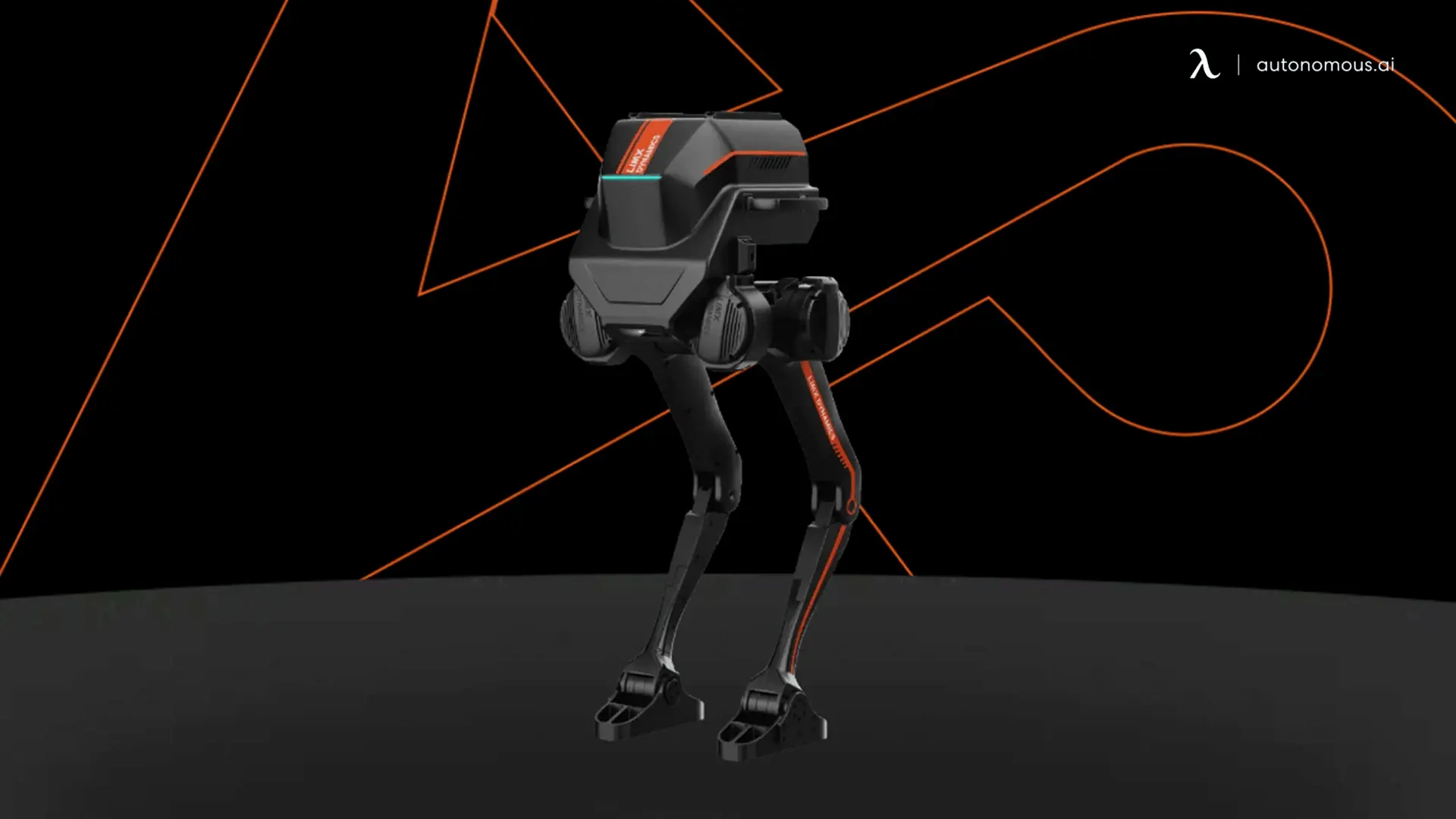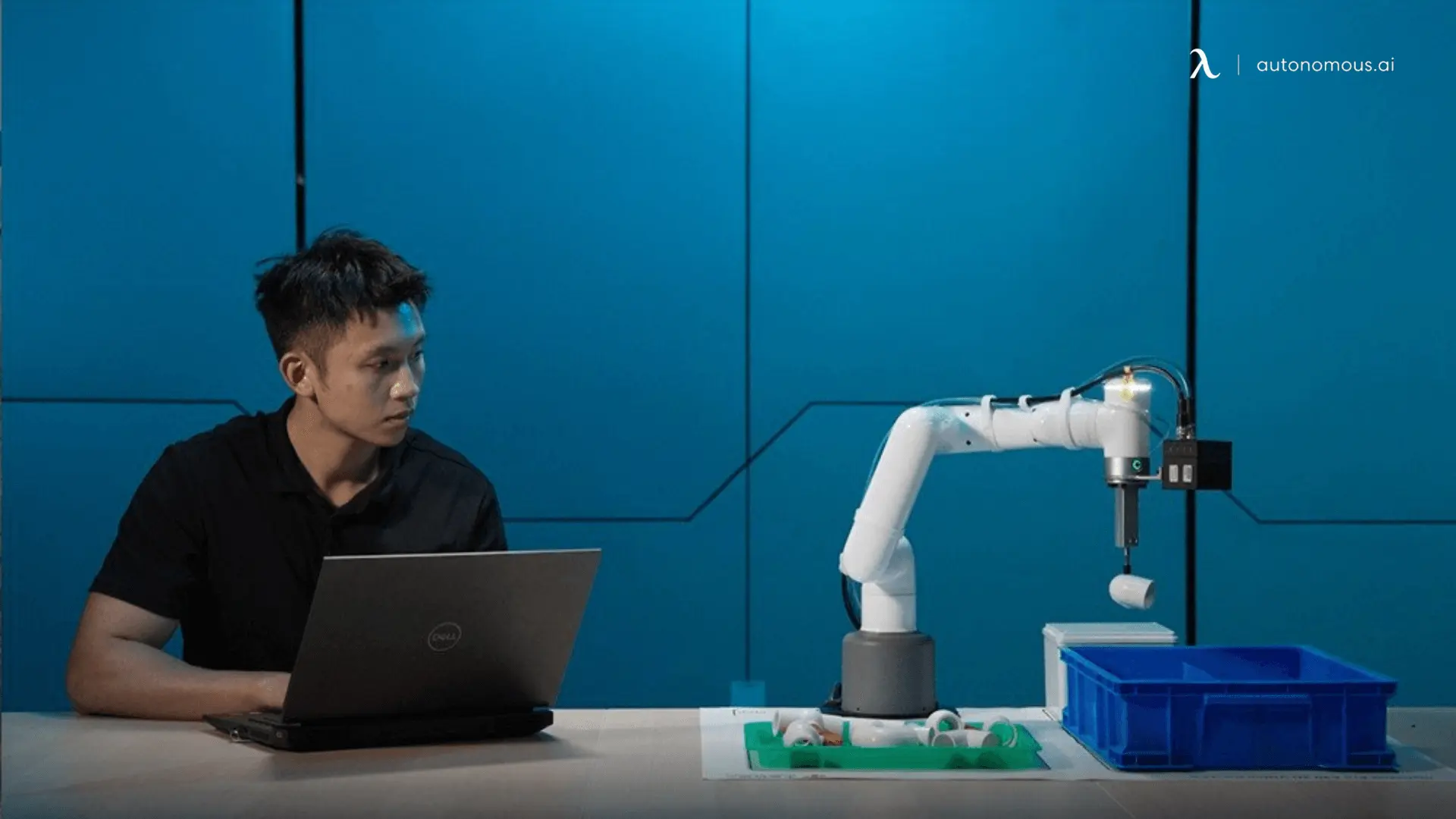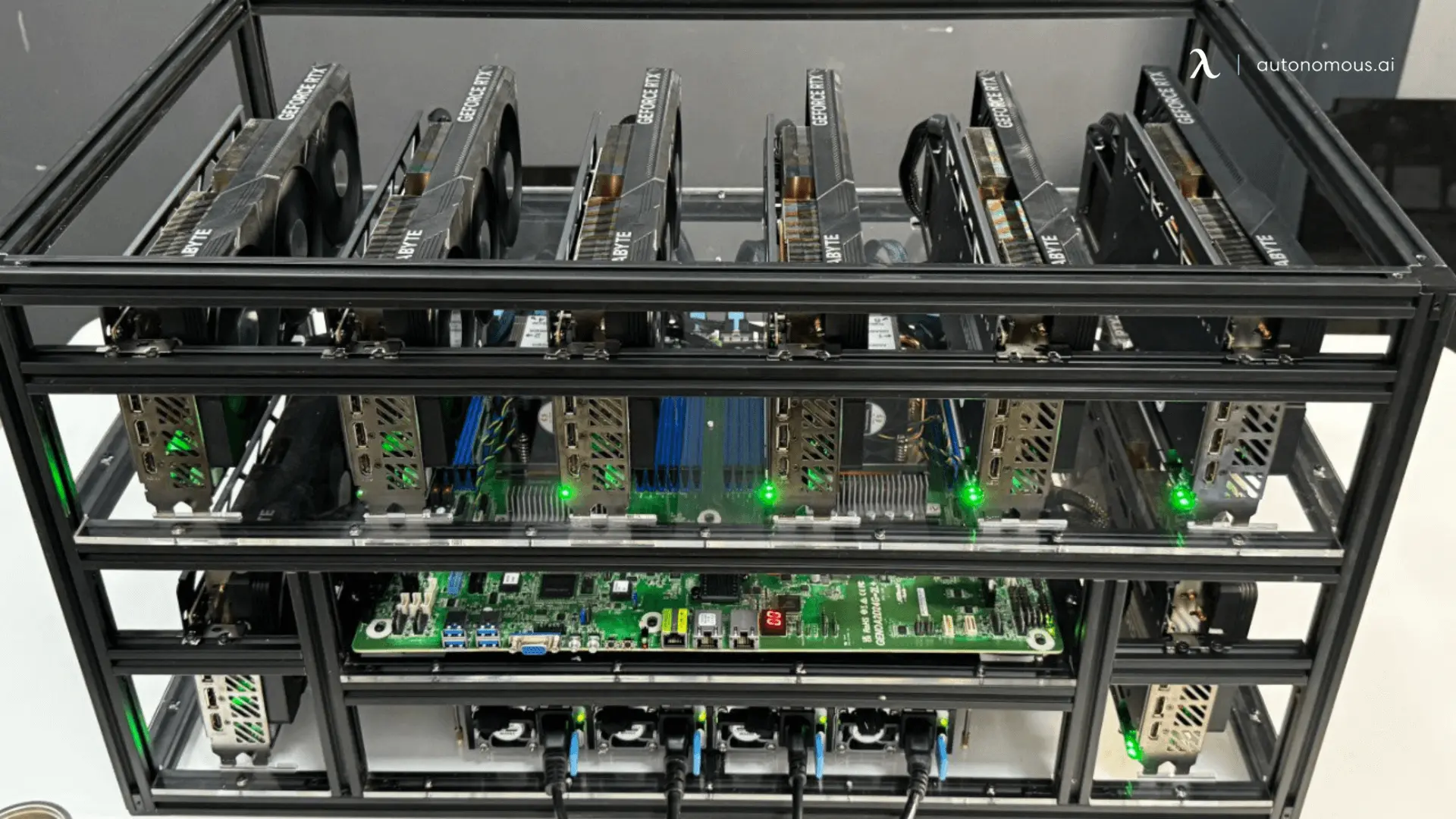
The Data-Driven Revolution: What the Lab of the Future Looks Like
Table of Contents
The laboratory, long characterized by manual processes, intricate glassware, and detailed handwritten notes, is in the throes of a profound transformation. While the quest for scientific truth remains constant, the methods are changing at breakneck speed.
Modern labs are no longer just physical spaces for experiments; they are becoming intricate, interconnected data factories. New technologies are rapidly helping streamline processes, increase throughput, perform work with greater accuracy, and interact more seamlessly with a global community of colleagues, partners, and customers.
This shift isn't just about efficiency; it's about survival. Labs that successfully adopt these technologies today—integrating them into a cohesive digital strategy—will be significantly more competitive than slower rivals. They will discover drugs faster, iterate designs quicker, and bring innovations to market with unparalleled speed. The time to begin planning for this future is now.
Will Data Be the Core of Everything?
In the laboratory of tomorrow, data is the primary asset, and every process is designed around its generation, capture, and analysis.
Today, significant research time is lost moving data between disparate systems: an instrument outputs a proprietary file, a technician manually inputs variables into a spreadsheet, and a researcher copies results into an electronic lab notebook (ELN). This fragmentation creates bottlenecks and introduces transcription errors, slowing down the pace of discovery.
The Future Lab solves this by treating data as the central, fluid component. Every instrument, every robot, and every sensor will automatically feed real-time, standardized data into a consolidated cloud or hybrid repository. These data streams, rich in metadata and context, will form the backbone of the entire operation, enabling instantaneous analysis and decision-making. Standardizing formats and utilizing robust Laboratory Information Management Systems (LIMS) that natively integrate with data analytics tools will be non-negotiable for maintaining competitive speed.
What are the Roles for Automation and Robotics?
While data is the fuel, automation and robotics are the engines powering the future lab. Their role is defining, moving far beyond simple sample conveyance to complex, autonomous execution of entire workflows.

Robotic Arms and Autonomous Mobile Robots (AMRs) are already common in high-throughput environments, ensuring 24/7 operations, higher repeatability, and reducing human exposure to hazardous materials. However, the next evolution introduces far more sophisticated systems:
- Moving Robots (AMRs): Will be responsible for logistics—transporting plates, reagents, and samples between different analytical stations or storage units, ensuring seamless continuity across the lab floor.
- Highly Dexterous Robotic Arms: Equipped with advanced sensors and end-effectors, these arms can mimic the subtle manipulation skills of a human scientist, performing complex tasks like micro-pipetting, plating, and even operating manual instruments with precision that eliminates human variability.
- Humanoid Robots: The emerging trend of affordable humanoid technology means these platforms will increasingly enter the lab space, performing general-purpose tasks designed for human environments—from organizing equipment on shelves to interacting with touch screens and moving safely among personnel. This flexibility makes them powerful candidates for general lab assistance, not just repetitive conveyor belt work.
By minimizing human intervention in repetitive and error-prone steps, robotics ensures increased throughput and impeccable accuracy, freeing up highly skilled scientists to focus on experimental design and data interpretation.
Is AI, Machine Learning, and Edge AI necessary in today Labs?
The massive data streams generated by automated instruments and robots are useless without the intelligence to process them instantly. This is where AI and Machine Learning (ML) become mission-critical. AI algorithms will manage experimental design (Automated Experimentation), identify trends invisible to the human eye, predict optimal reaction conditions, and flag anomalies in real-time.

However, relying solely on cloud computing for this analysis introduces two significant vulnerabilities:
- Latency: Sending vast quantities of raw data (e.g., high-resolution microscope images or fast chromatography outputs) to the cloud for processing, then waiting for results, introduces unacceptable latency for real-time decision-making.
- Internet Dependence: As demonstrated by major cloud outages (like the 2025 AWS failure), being completely reliant on continuous internet connectivity for core processing is an existential risk.
This leads directly to the imperative of a local system like EdgeAI.
The Future Lab will deploy local setups with dedicated, high-performance computing (HPC) resources, such as Cloud GPUs or specialized accelerators, directly on the premises. This is the Hybrid Infrastructure solution applied to discovery. By moving the processing power to the data source (the 'Edge'), labs can achieve:
- Faster Decision-Making: AI models run locally can provide immediate feedback to robotic systems, adjusting protocols or halting failed experiments within seconds, saving time and reagents.
- Enhanced Security: Sensitive or proprietary research data can be processed and analyzed before being stripped down and anonymized, ensuring it is sent to the public cloud securely, thereby enhancing security and data governance.
- Operational Resilience: Core functions, such as operating robotic cells and basic quality control analysis, remain operational even during a network outage, ensuring business continuity.
EdgeAI transforms AI from a distant analytical tool into a real-time operational controller.
IoT and Global Integration
The final piece of the Future Lab puzzle is the pervasive integration of the Internet of Things (IoT). IoT devices—small, specialized sensors embedded in everything from refrigerators and incubators to air quality monitors—provide the essential, continuous stream of contextual data.
IoT helps activities in the labs by:
- Environmental Monitoring: Automatically tracking temperature, humidity, pressure, and vibration to validate experimental conditions without manual logging.
- Asset Management: Using RFID or BLE tags to track the precise location and maintenance history of every reagent, instrument, and sample.
- Predictive Maintenance: Feeding operational data into ML models to predict when an instrument is likely to fail, enabling proactive service scheduling and avoiding costly unplanned downtime.
Furthermore, this unified, data-centric, and automated environment facilitates seamless interaction with the global community. Researchers in different countries can access and analyze real-time experimental data, collaboratively design protocols, and utilize cloud resources for massive batch processing, while relying on the local Edge for immediate operational control.
Begin Planning for This Future Today
The transition to the Future Lab is not a single IT project; it is a cultural and structural transformation. The most successful organizations will be those that stop seeing automation and AI as additions to existing processes and instead design their entire research workflows around data capture and intelligent control (Hybrid AI).
To stay competitive, lab leaders must start by:
- Auditing Data Integrity: Standardizing data formats across all existing instruments.
- Identifying Automation Bottlenecks: Focusing robotics investment on the most repetitive, time-consuming, and error-prone tasks.
- Investing in Edge Compute: Planning to bring high-performance GPU processing capabilities onto the premises to enable low-latency AI inference.
The laboratory of the future is here, and its foundation is data, its engine is robotics, and its intelligence is driven by AI at the edge.
Spread the word
.svg)



(1).webp)



